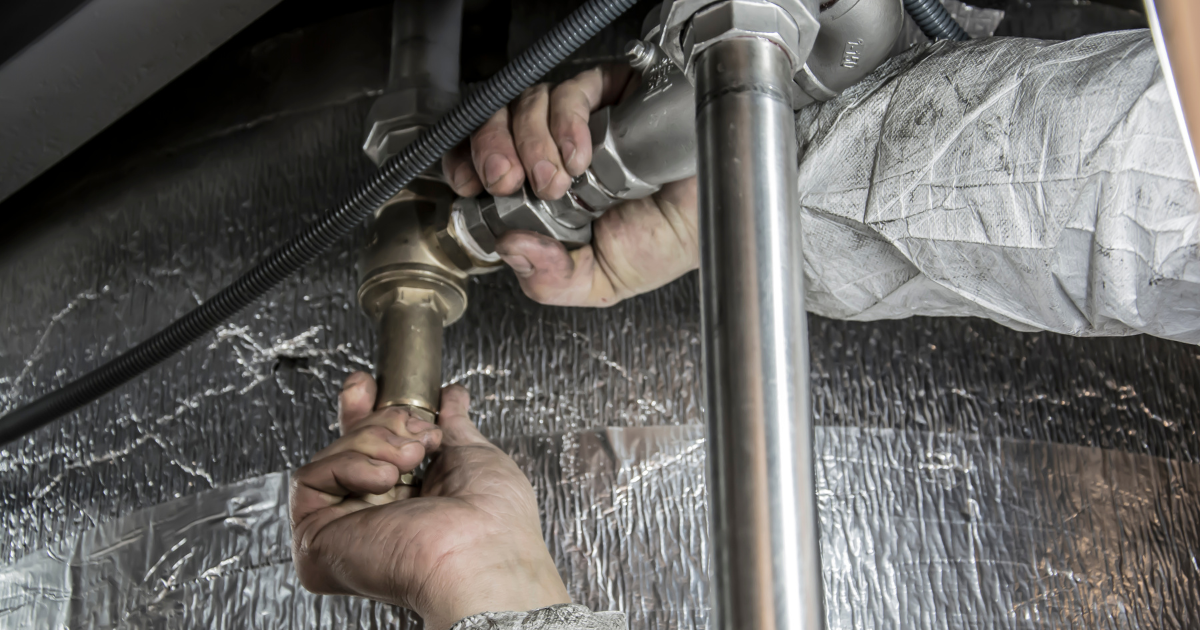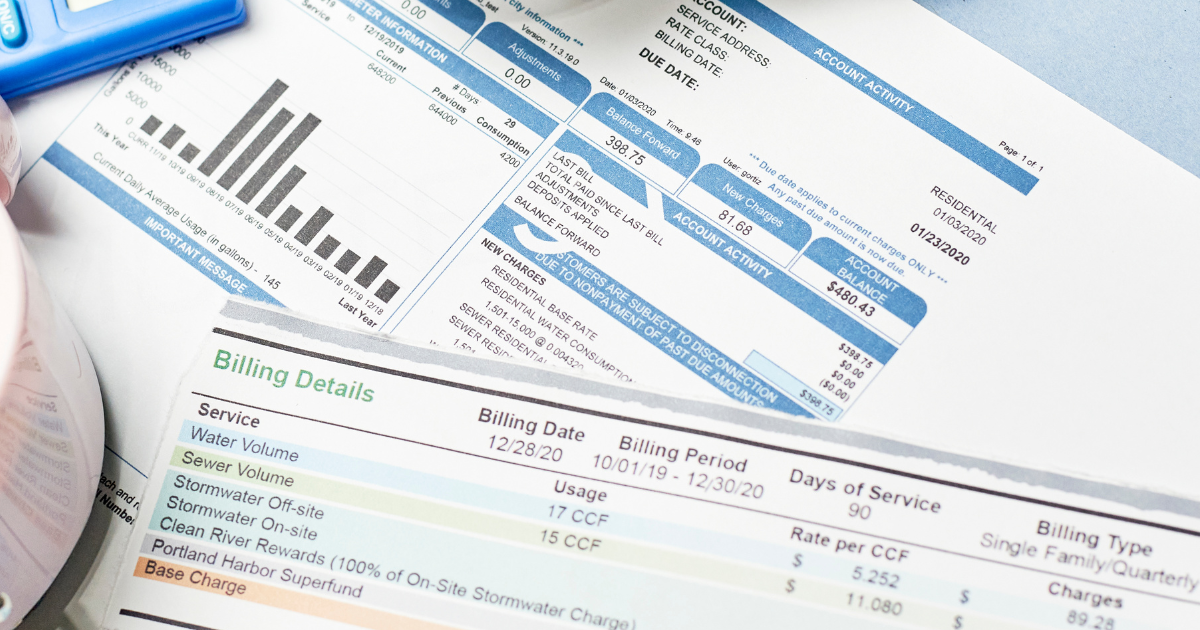How NOT to Unblock a Drain: Anecdotes from the Frontlines
Welcome to a journey into the realm of unclogging drains—a task that, while seemingly mundane, can lead to unexpected mishaps and plenty of lessons learned. So sit back, relax, and prepare to chuckle, as our plumbers share anecdotal experiences of How NOT to Unblock a Drain.
1. The Chemical Cocktail Catastrophe
In the historical records of plumbing failures, few tales rival the chemical catastrophe—a misguided attempt to dissolve clogs with a concoction of store-bought drain cleaners and DIY remedies. From bubbling concoctions to noxious fumes, these chemical cocktails often do more harm than good, leaving homeowners scratching their heads and holding their noses in disbelief.
Plumber’s Advice:
If you have solids blocking a drain, it’s unlikely that chemicals will be able to clean it effectively. If the chemical is harsh but still cannot dissolve the blockage, then you are stuck with the blockage plus the chemicals inside the drain. Drain cleaning chemicals are toxic and can end up doing more harm than good.
2. The Over-Enthusiastic Plunger
Ah, the humble plunger—a symbol of hope and determination in the face of stubborn clogs. Yet, in the hands of the uninitiated, it can quickly become a source of frustration. Picture the scene: a determined homeowner, armed with a plunger and unwavering resolve, plunges away with gusto, only to realize too late that they’re making matters worse.
Plumber’s Advice:
The key to effective plunging is to place the plunger over the drain and completely seal it off. Push the plunger slowly and precisely, up and down. If you plunge too fast, you may push some of the matter that’s blocking the drain too far down.
3. The Ill-Fated Experiment with a Drain Snake
Enter the
drain snake —a wiry contraption designed to conquer even the most stubborn blockages. Or so they say. In reality, this tool of the trade can quickly transform into a tangled mess of frustration and regret. With visions of a quick fix, the DIY enthusiast plunges the snake into the abyss, only to find that they’ve shoved the matter causing the blockage further down the drain.
Plumber’s Advice:
Don’t force the drain snake around pipe corners that are hard to navigate. Using a drain snake too frequently and incorrectly can damage pipes and leave you with a costly plumbing bill.
4. The Cautionary Tale of the Garden Hose
Ah, the garden hose gambit—a desperate attempt to unleash the power of H2O upon a stubborn clog. In reality, a garden hose is not the ideal equipment for trying to unblock a drain. The pressure from it will probably not be heavy enough to move a clog along, especially if the drain is outside and has been blocked by tree roots or even small animals.
Plumber’s Advice:
Hydro jetting
a blocked drain should be done with equipment that is designed for this purpose. Attempting to DIY hydro-jetting can cause flooding which will only make matters worse. It may also cause damage to the pipes.
5. The Curious Case of the Forgotten Plumber
Welcome to the classic tale of procrastination and misplaced priorities. Our humble homeowner, faced with a stubborn drain clog, vows to call a professional plumber—tomorrow. But as tomorrow becomes next week, and next week becomes next month, the clog remains undisturbed. Until one fateful day, when the water rises, the sink overflows, and our homeowner is left with no choice but to face the music—and the plumber’s bill.
Plumber’s Advice:
DIY is to be celebrated. We get it. A lot of homeowners would prefer to do repairs themselves in order to save some money. But there are certain instances where it’s just more cost-effective to call in a professional to deal with the problem.
If you’ve tried everything to unclog your drain and nothing is working, then there’s no need to go any further. It’s time to
call a plumber!
The Moral of the Story
As we reflect on our cautionary escapades in the world of drain unclogging, one lesson becomes abundantly clear: sometimes, it’s best to leave it to the professionals. While DIY enthusiasm is commendable, plumbing prowess is best left to those with the expertise and experience to tackle even the trickiest of clogs.
The post How NOT to Unblock a Drain: Anecdotes from the Frontlines first appeared on MasterCraft Plumbers.


